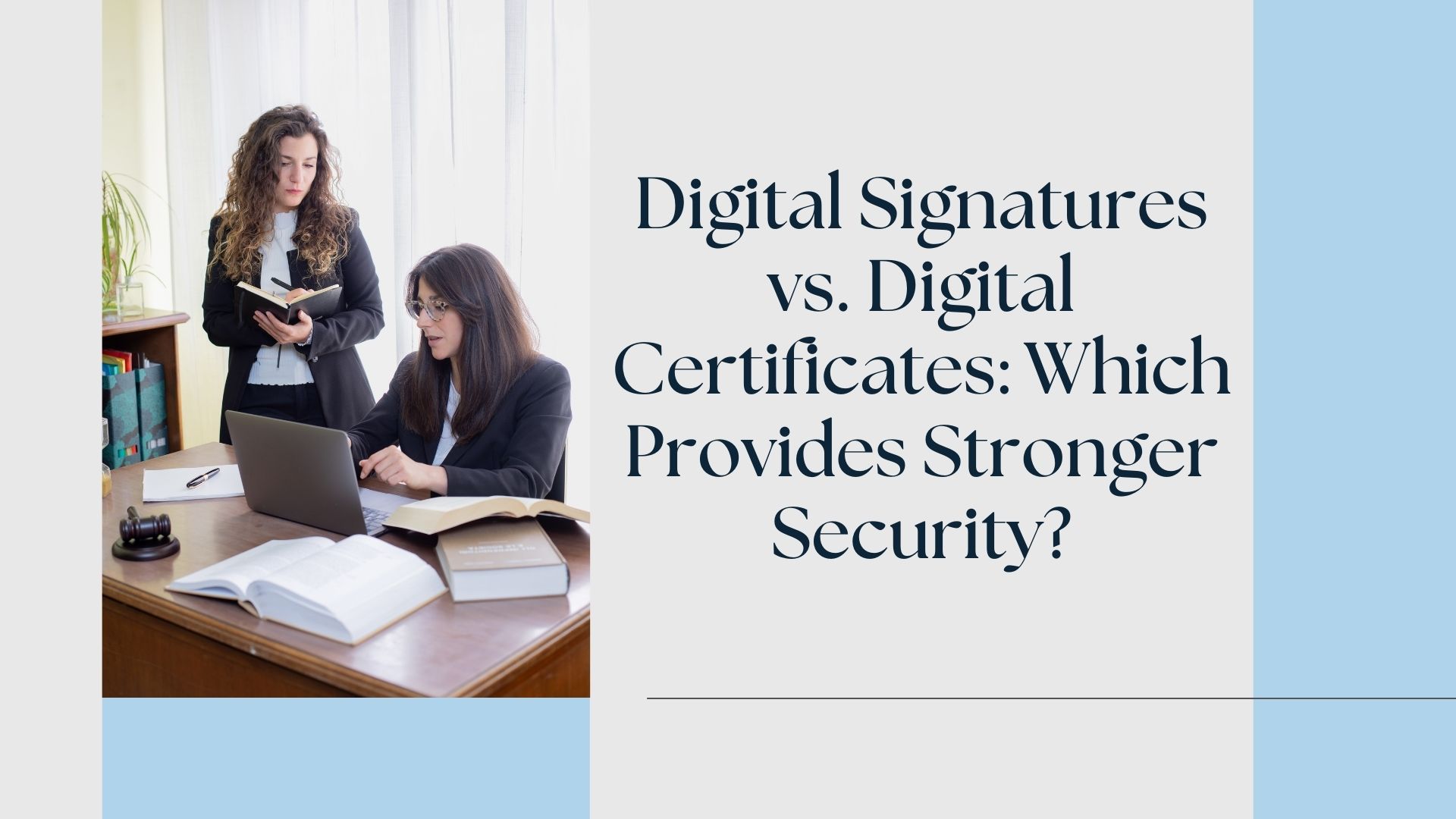
Digital Signatures vs. Digital Certificates: Which Provides Stronger Security?
Introduction
In an increasingly digitized world, the need for secure electronic communication and document verification has never been more vital. Digital signatures and digital certificates are two powerful tools used to ensure the authenticity, integrity, and security of online transactions and communications. While these terms are often used interchangeably, they serve distinct but complementary purposes. In this article, we delve into the differences between digital signatures and digital certificates and explore which offers stronger security.
Understanding Digital Signatures
A digital signature is a cryptographic technique used to verify the origin and integrity of a digital message or document. It serves as a virtual seal of approval, assuring recipients that the content has not been altered and that it comes from the claimed sender. Digital signatures rely on public-key cryptography, where a sender uses their private key to sign a document, and the recipient uses the sender’s public key to verify the signature.
Digital signatures offer several advantages:
Data Integrity:
Any changes made to the signed document after the signature is applied will render the signature invalid. This ensures the document’s integrity.
Authentication:
Digital signatures provide a level of assurance that the document comes from the claimed sender. This is especially important for sensitive transactions.
Non-repudiation:
The sender cannot later deny having signed the document since their private key was used to create the signature.
Understanding Digital Certificates
A digital certificate, on the other hand, is a form of identification and trust mechanism in the digital world. It is issued by a trusted Certificate Authority (CA) and contains an individual’s public key and other identifying information. These certificates allow people to securely exchange public keys, and they are used in a wide range of applications, including email encryption, website security (SSL/TLS certificates), and more.
Digital certificates provide the following advantages:
Authentication:
A digital certificate attests to the identity of an individual or entity, making it harder for malicious actors to impersonate someone else.
Trust:
Certificates are issued by trusted CAs, adding a layer of trust to online transactions. The CA’s reputation is staked on the accuracy of the information contained in the certificate.
Encryption:
Digital certificates are used in conjunction with digital signatures to encrypt and protect data during transmission.
Comparing Security Strength
When it comes to security, both digital signatures and digital certificates play crucial roles. However, it’s important to understand that they serve different purposes and are often used together to create a robust security framework.
Digital signatures primarily ensure data integrity and non-repudiation. They guarantee that the content of a document remains unchanged and that it was indeed signed by the expected party. While they are essential for securing data and verifying authenticity, they don’t directly address issues of identity and trust.
Digital certificates, on the other hand, provide a strong layer of identity verification and trust. They help ensure that you are communicating with the right person or organization. However, they don’t guarantee the content’s integrity or protect it from tampering.
In practice, these two security measures are often combined to create a comprehensive security solution. For example, when you sign a document digitally, your digital certificate may be used to confirm your identity. The recipient uses your public key from the certificate to verify the signature’s authenticity and confirm that the document hasn’t been tampered with.
Suggested Read: Online Digital Signature Certificate Guide
Conclusion
In the ever-evolving digital landscape, security is of paramount importance. Digital signatures ensure data integrity and non-repudiation, while digital certificates authenticate identities and establish trust. When it comes to digital security, there’s no clear winner in the battle between digital signatures and digital certificates. Instead, the key to a robust security posture is to leverage both in tandem. These tools, when used together, offer a powerful defense against online threats, ensuring that your digital communications and transactions remain secure and trustworthy.


